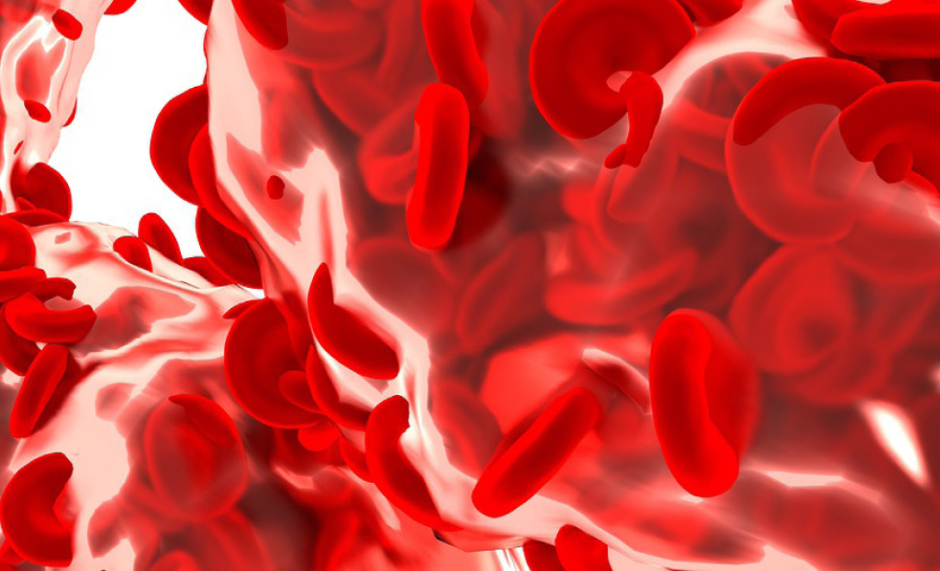IDENTIFICATION of bone-like particles in the blood vessels of bone marrow could serve as an important diagnostic tool for bone marrow blood vessel ossification, a new study suggested. Researchers from University of Texas, Texas, USA, revealed the presence of novel, bone-like particles in peripheral blood samples from humans and rodents which may be associated with the incidence of certain diseases, such as atherosclerosis.
The World Health Organization (WHO) stated that 17.9 million people died of cardiovascular disease in 2016 with heart attack and stroke acting as the primary causes. “When looking for aetiologies related to vascular calcification, heart attack and/or stroke, perhaps we should consider if and how ossified particles contribute to these diseases,” said Prof Rhonda Prisby, the lead author of the new study, College of Nursing and Health Innovation, University of Texas, Texas, USA. Previous studies have suggested that vascular calcification, which could increase the risk of death from cardiovascular disease, can be initiated within blood vessels. The researchers investigated the initiation of vascular calcification within bone marrow.
This study examined bone marrow blood vessels from humans using scanning and transmission electron microscopy and took whole blood samples from both humans and rodents of varying ages to investigate the effect of age on the presence of ossified particles. Six human volunteers were aged 26–39 years and the remaining six volunteers were aged 55–63 years. The rodents were aged between 1 month and 24 months. The bone-like particles were measured for diameter, circularity, and solidity using microscopy imaging and then analysed for elemental composition.
Two types of ossified bone marrow blood vessels were identified: ‘ossified’ and ‘transitioning’. The methods revealed that the bone-like particles had adhered to the transitioning vessel surfaces and, in this manner, could succeed in entering the blood circulation. The particles were found to have jagged edges which pose a risk to the blood vessels. The identified ossified particles were small in size but could cause significant damage by blocking small blood vessels, the authors of the study noted. Prof Prisby went on to say: “Some of the ossified particles have sharp tips and edges that could damage the lining of blood vessels. This damage could initiate events leading to atherosclerosis […], which can restrict blood flow over time.”






